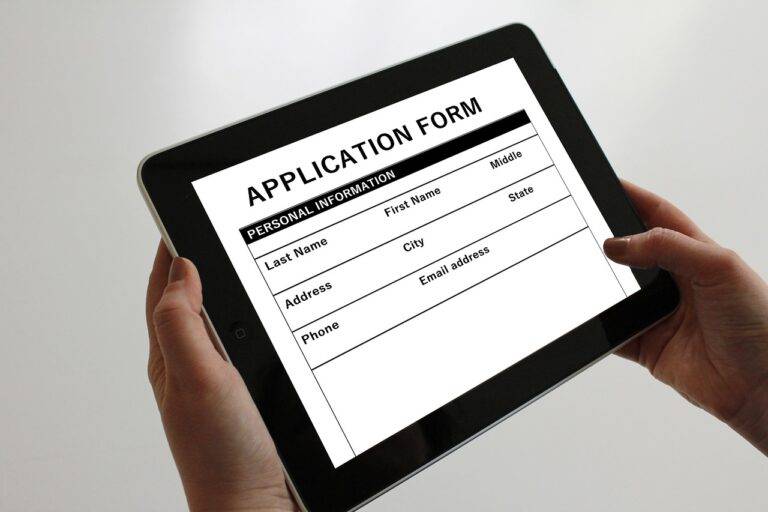The Rise of Digital Assistants in Everyday Life
Digital assistants are virtual tools designed to help users complete tasks efficiently. These tools utilize artificial intelligence to understand and respond to user commands. Digital assistants can be found in various devices such as smartphones, computers, and smart home devices, offering convenience and hands-free solutions in today’s fast-paced world.
With the ability to answer questions, set reminders, send messages, and even control smart home devices, digital assistants have become an integral part of many people’s daily lives. These assistants continuously learn and adapt to user preferences, providing personalized recommendations and streamlining everyday tasks. As technology continues to advance, digital assistants are expected to become even more sophisticated, further revolutionizing the way we interact with technology.
How Do Digital Assistants Work?
Digital assistants, such as Siri, Alexa, and Google Assistant, rely on advanced artificial intelligence algorithms to process and understand user queries. When a user speaks a command or types a query, the digital assistant uses speech recognition and natural language processing to interpret the input accurately. This process involves analyzing the user’s language patterns and context to generate a relevant response or action.
Once the digital assistant comprehends the user’s request, it searches its vast database or the internet for the most suitable answer or solution. These virtual assistants can perform a multitude of tasks, such as setting reminders, playing music, providing weather updates, scheduling appointments, and much more. By constantly learning from interactions and updates, digital assistants continuously enhance their capabilities and adapt to better serve users in various contexts.
What are digital assistants?
Digital assistants are software programs that utilize artificial intelligence to assist users with various tasks, such as setting reminders, scheduling appointments, providing information, and more.
How do digital assistants work?
Digital assistants work by using natural language processing and machine learning algorithms to understand user queries and provide relevant responses or perform tasks. They can be activated through voice commands or text input.
Are digital assistants always listening?
Most digital assistants are designed to only listen for a wake word or phrase before actively listening to and processing user commands. However, users can typically adjust privacy settings to control when the digital assistant is listening.
Can digital assistants access personal information?
Digital assistants may have access to certain personal information in order to provide personalized assistance, such as calendar events, contacts, and location data. Users can usually control the permissions granted to the digital assistant.
How secure are digital assistants?
Digital assistants prioritize user privacy and security by encrypting data transmissions and offering secure authentication methods. Users should still exercise caution when sharing sensitive information with digital assistants.





